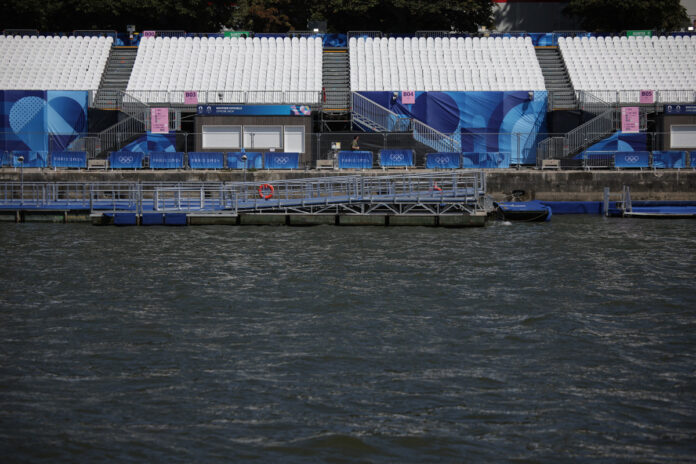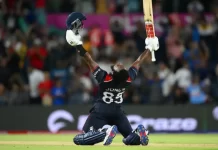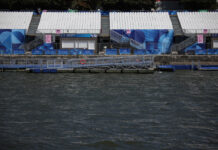Olympic Men’s Triathlon Postponed Due to Seine Pollution: The World Triathlon confirmed in a statement that the men’s triathlon at the Paris Olympics will not take place on Tuesday as scheduled due to the Seine’s persistently high pollution levels. This decision comes as a shock to the organisers and increases the uncertainty for the competitors.
The race was rescheduled for Wednesday at 10:45 a.m. (0845 GMT), right after the women’s competition, which was originally planned to begin at 8 a.m.
After the river was contaminated by heavy rains on Friday and Saturday, the organisers had earlier expressed confidence that the water quality would recover in time for the race.
“Despite the improvement of water quality levels over the last hours, the readings at some points of the swim course are still above the acceptable limits,” they stated at the start of Tuesday.
“Paris 2024 and World Triathlon reiterate that their priority is the health of the athletes.”
In the case that the bacteria levels are still too high by Wednesday morning, it is likely that the men’s and women’s races will be moved to Friday, the backup day set aside for the competition.
Athletes will compete in a duathlon in place of the swim leg if, by Friday, the water quality is still not acceptable.
The contingency day for the mixed triathlon relay competition on August 5 is August 6.
As a major legacy of the Games, the Paris government committed to making the Seine swimmable and invested 1.4 billion euros ($1.51 billion) in wastewater infrastructure to reduce sewage spills into the river.
To allay sceptics, Paris Mayor Anne Hidalgo herself dipped into the river earlier this month.
Given the significant daily variations in water quality, there was never an assurance that the risk that the river would be sufficiently clean on the triathlon day would come off.
The concentrations of germs that cause infections, such as enterococci and E. coli, are greatly increased by rain.
One of the 55 triathletes competing in the men’s division, Seth Rider, has disclosed to reporters that he adopted unusual precautions against bacterial contact.
The American athlete stated during a news conference on Saturday, “We know that there’s going to be some E. coli exposure, so I just try to increase my E. coli threshold by exposing myself to a bit of E. coli in your day-to-day life.”
The river swim is a crucial component of the Olympic triathlon course, which was designed to optimise the wow effect.
Athletes will swim from a pontoon close to the Alexandre III bridge into the Seine, then race by the Grand Palais and Musée d’Orsay throughout the bike and run sections, finishing where they began.
Competitors will be framed by stone columns capped with gilt-bronze statues of Pegasus as they cross the finish line on the bridge, with the golden dome of the Invalides monument from the early 1700s serving as the background.

































